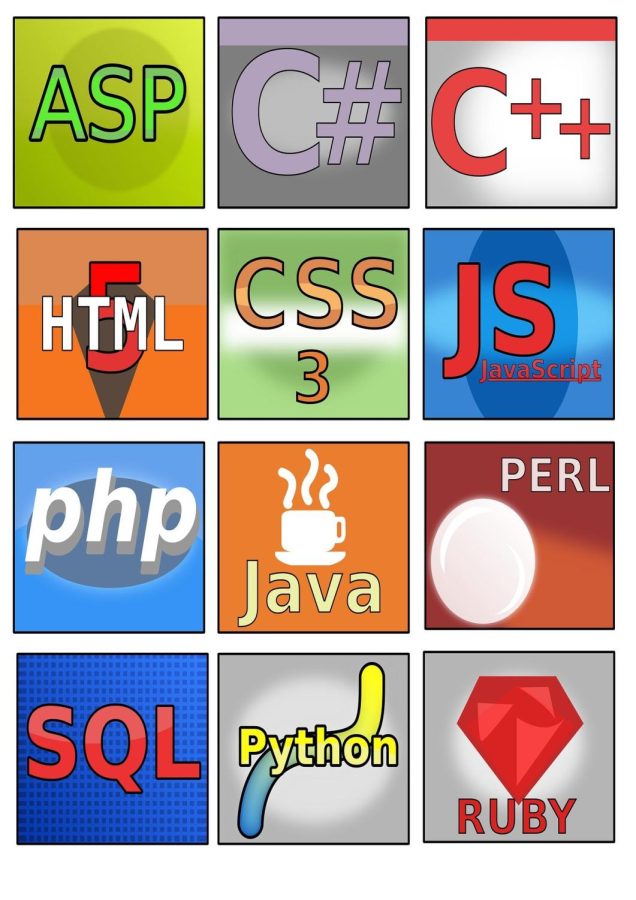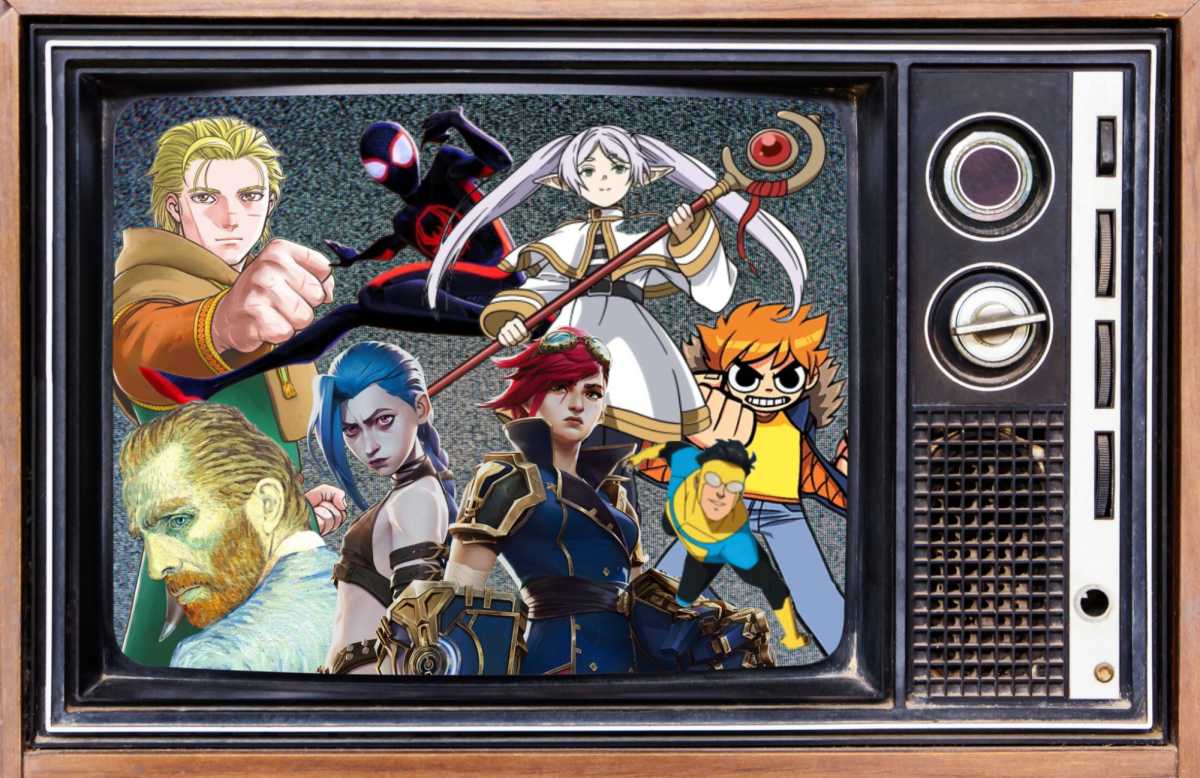There are almost thousands of programming languages created either for professional use or as side projects by graduate students. In either case, each language is unique in regards to its syntax, capabilities and integration with other technologies. Here is a list of the most popular languages and why they differ from each other.
Python
This language has been around for almost 40 years now but recently gained popularity due to its scripting capabilities. It is recommended as the first language for many people to get into programming due to its English-like readability and ability to work on applications ranging from websites to machine learning.
Java
Java has been around for less time than Python, but it became much more popular during the 2000s. It pioneered a lot of the technologies that other languages use today like garbage collection and cross platform compatibility. The reason it is still used today is because of how many systems are still dependent on the language.
Javascript
With the move towards dynamic web pages during the beginning of the internet, browsers needed a way to change the content of pages without refreshing the page. The solution was to develop a programming language that could run within the website so that users could have more functionality rather than just staring at text. Solutions like Ajax and React have recently been developed to add on to Javascript’s dynamic functionality.
C
Carving a path for almost every other programming language, C revolutionized the concept of high-level programming by introducing the idea of abstraction. It is the only language that can get as close to binary while still looking like a modern language. Because of its ancient history and intricate features, C is one of the hardest languages to learn. Even though it is this old, embedded systems with low latency and direct access to hardware require C to be used over any other language.
C#
Built as an offshoot of C, C# was developed by Microsoft back 2000 for dedicated integration into the Windows operating system. It works in-tandem with the .NET framework which provides many of the Windows OS features needed for C# to work well with it. Although it is still used today, many applications have been moved to the cloud, providing better support across multiple devices.
Swift
Apple developed Swift specifically for their ecosystem to develop mobile and desktop applications on their Macs and iPhones. XCode, Apple’s proprietary development environment, works solely with Swift. Swift also shares many similarities with Python for being very readable as well as running quickly.
Kotlin
Google followed suit with Apple’s idea of creating a programming language specifically for Android by developing Kotlin. The reason to develop a proprietary language in the first place is to have a lot more control with the system it’s being deployed on. Since Google designs both the language and the OS, they can optimize the language to the max since they know the ins-and-outs of both. Android is unique though by allowing both Kotlin and Java, the original Android development language, to run side by side on the same device.
There are obviously many other languages than the ones listed here, but the point is that each of them serve a different purpose. Although one language could cover the applications of all the others, people have designed certain libraries to work with that language in a certain ecosystem. As a result, developers must become acquainted with multiple languages to stay aware of what is happening in their field.








